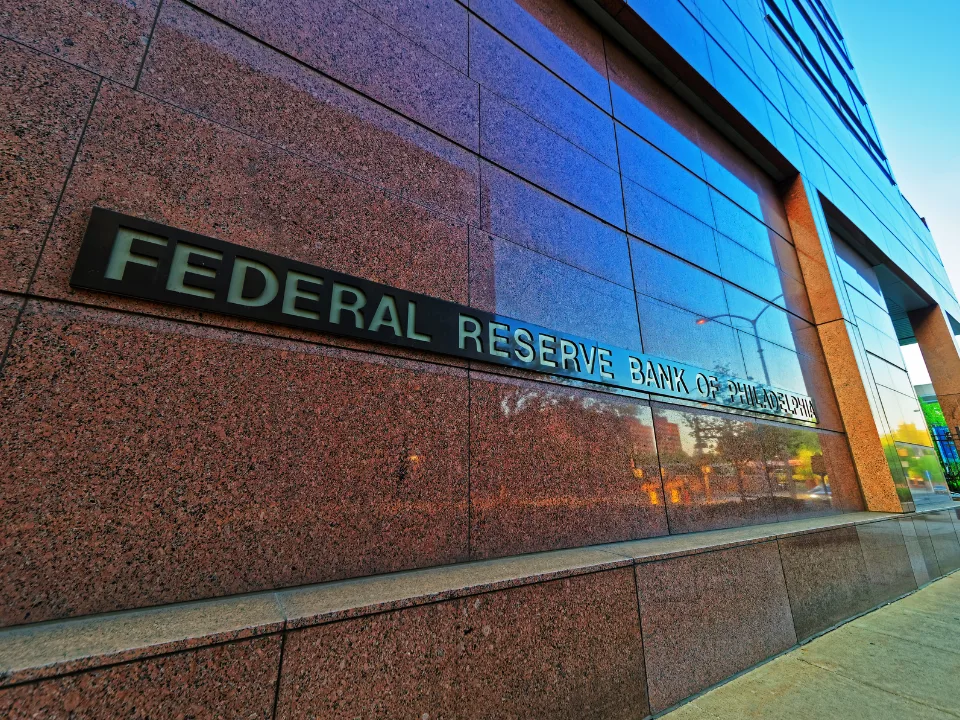- The May jobs report showed modest growth with 139,000 jobs added and wages rising 3.9% annually, leaving the Fed without clear justification to cut rates.
- Broader economic signals—including declining productivity, slowing manufacturing, and a drop in job postings—highlight growing uncertainty.
- Despite speculation, Fed officials remain cautious and are unlikely to shift policy without several months of confirming data.
An Uncertain Path
According to GlobeSt, the Federal Reserve is under renewed pressure after a week of conflicting economic signals that complicate Fed policy decisions. With inflation still present and growth cooling, officials are not ready to move on rates. A summer rate cut now seems unlikely.
The May Jobs Report – Mixed, Not Decisive
Employers added 139,000 jobs in May, slightly above expectations but down from April’s 147,000. The jobless rate stayed at 4.2%. Wages rose 3.9% year-over-year, beating the 3.7% forecast.
Private-sector hiring slowed sharply, with only 37,000 jobs added in May—ADP’s weakest reading in two years. Jobless claims rose to an eight-month high, though some see this as seasonal.
Get Smarter about what matters in CRE
Stay ahead of trends in commercial real estate with CRE Daily – the free newsletter delivering everything you need to start your day in just 5-minutes
Underlying Softness
Early signs of labor market weakness are emerging. ManpowerGroup reported a 7% drop in total job postings and a 16% drop in new ones. This was the first full contraction in 2025.
Consumer credit grew at an annualized 4.3% between March and April. Job openings rose to 7.4M in April but remain well below their 2022 peak.
Factory and Trade Declines Deepen
The ISM manufacturing index fell to 48.5 in May. It marked the third straight month of contraction. Exports dropped to a five-year low, and imports fell to a 16-year low.
Services also weakened. The ISM services index slipped to 49.9—its lowest level since June 2024. New orders and backlogs hit multi-year lows. Factory orders declined 3.7% in April, and productivity dropped 1.5% in Q1.
Bond Market Signals Caution
Yields reflect growing investor unease. The 10-year Treasury closed last week at 4.51%. That suggests long-term concerns about inflation.
Short-term Treasury yields fell, as investors shifted to safer bets. The bond market is clearly signaling uncertainty.
Why It Matters
Fed policy can’t fight inflation and support growth simultaneously. Cutting too soon could reignite inflation. Waiting too long risks pushing the economy into recession.
Fed officials have said they need more data before adjusting Fed policy. For now, they are signaling patience.
What’s Next
The Fed wants to see consistent trends before acting. Until that happens, policymakers are expected to hold steady. Rate changes are unlikely before fall. For now, the balancing act continues.


















